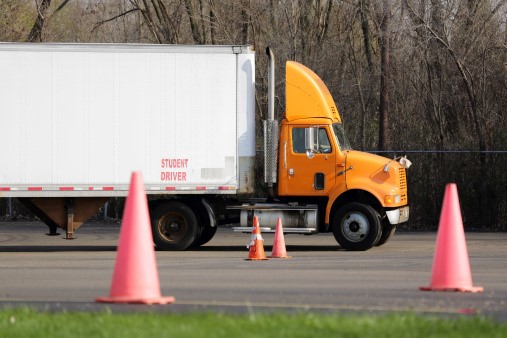When it comes to the education of children who have learning difficulties, selecting the appropriate school is an essential step in guaranteeing the children’s academic and personal development within the environment. For these youngsters to realize their full potential, additional specialized support and tailored educational strategies are required. This post will go into essential characteristics of schools that are created for children with learning difficulties.
IEPs
The creation and execution of Individualised Education Plans (IEPs) is a fundamental component of educational institutions that are dedicated to serving students who have learning difficulties. Every student who has a learning disability is given an Individualised Education Programme (IEP), which is a personalized educational roadmap. It is painstakingly created to cater to the specific educational requirements and difficulties that each learner encounters. In the Individualised Education Programme (IEP), particular academic goals, accommodations, and support services that are necessary to assist the child in doing well in their educational journey are outlined.
Teachers Need To Be Qualified
Educators must possess specialized training and competence to provide an effective education for children who have learning difficulties. These students are often taught by instructors who have obtained considerable training in the field of special education. Schools that cater to these students typically employ teachers. The specialists who are dedicated to their work have a profound comprehension of the many requirements and difficulties that are encountered by kids who have disabilities. They can modify their instructional strategies and techniques to guarantee that every child obtains the necessary support and education that they require.
Small Numbers Of Students In Each Class
Schools that cater to children who have learning difficulties typically have a small number of students in each class. Keeping class sizes smaller is a conscious choice that enables more individualized attention and training to be provided to each student. Smaller classes, in contrast to larger mainstream classrooms, which can easily cause students to feel overwhelmed or overlooked, offer an environment that is loving and encouraging of learning. Teachers can provide individualized support, which helps to cultivate a strong relationship between the instructor and the student, which is essential for the success of these children.
Assistive Technology
The use of assistive technology in the classroom is something that is widely accepted by schools that cater to students who have learning difficulties. The term “assistive technology” refers to a collection of tools and software that are designed to provide students with disabilities with assistance in accessing and effectively engaging with the curriculum. The software that converts voice to text, specialized computer programs, audiobooks, and other forms of technology are all examples of this type of technology. A level playing field is created for students with learning difficulties through the utilization of these resources, which enables them to engage in their educational experience fully.
Need For Helping Hands
In addition to providing academic assistance, these schools frequently provide a variety of other forms of assistance to cater to the comprehensive requirements of their students. Possible interventions in this area include counseling, social skills training, occupational therapy, and speech therapy. Not only are these services crucial for overcoming academic problems, but they also assist children in developing essential life skills and confidence that will serve them well beyond the confines of the classroom.
Inclusive Environment
Even though the primary focus is on providing services to kids who have learning difficulties, schools that fall into this category work hard to cultivate an environment that is welcoming and encouraging. Within the context of the larger school community, inclusion refers to the process of integrating children who have learning difficulties. Students can learn key social skills and enhance their self-confidence by enrolling in a school for children with disabilities. In addition, it helps to bring about a reduction in the stigma that is frequently associated with learning difficulties, which in turn helps to build empathy and understanding among peers.
The Involvement Of Parents
When it comes to determining the success of their children attending schools for learning issues, parents play a crucial role. At these schools, parents are strongly encouraged to engage with teachers and take an active role in their children’s education. This relationship typically consists of components such as regular contact, participation in meetings, and the sharing of feedback. The educational experience is kept highly personalized by not only keeping parents informed about their child’s development but also inviting them to provide insights into their child’s learning path. This ensures that the educational experience is as personalized as possible.
Conclusion
You need to remember that different educational institutions may use different kinds of support and instruction. Parents who are looking for schools for their children who have learning difficulties can visit various institutions, interact with teachers and staff, and do a comprehensive evaluation to determine which school is the most suitable for their child’s specific requirements and preferences.






